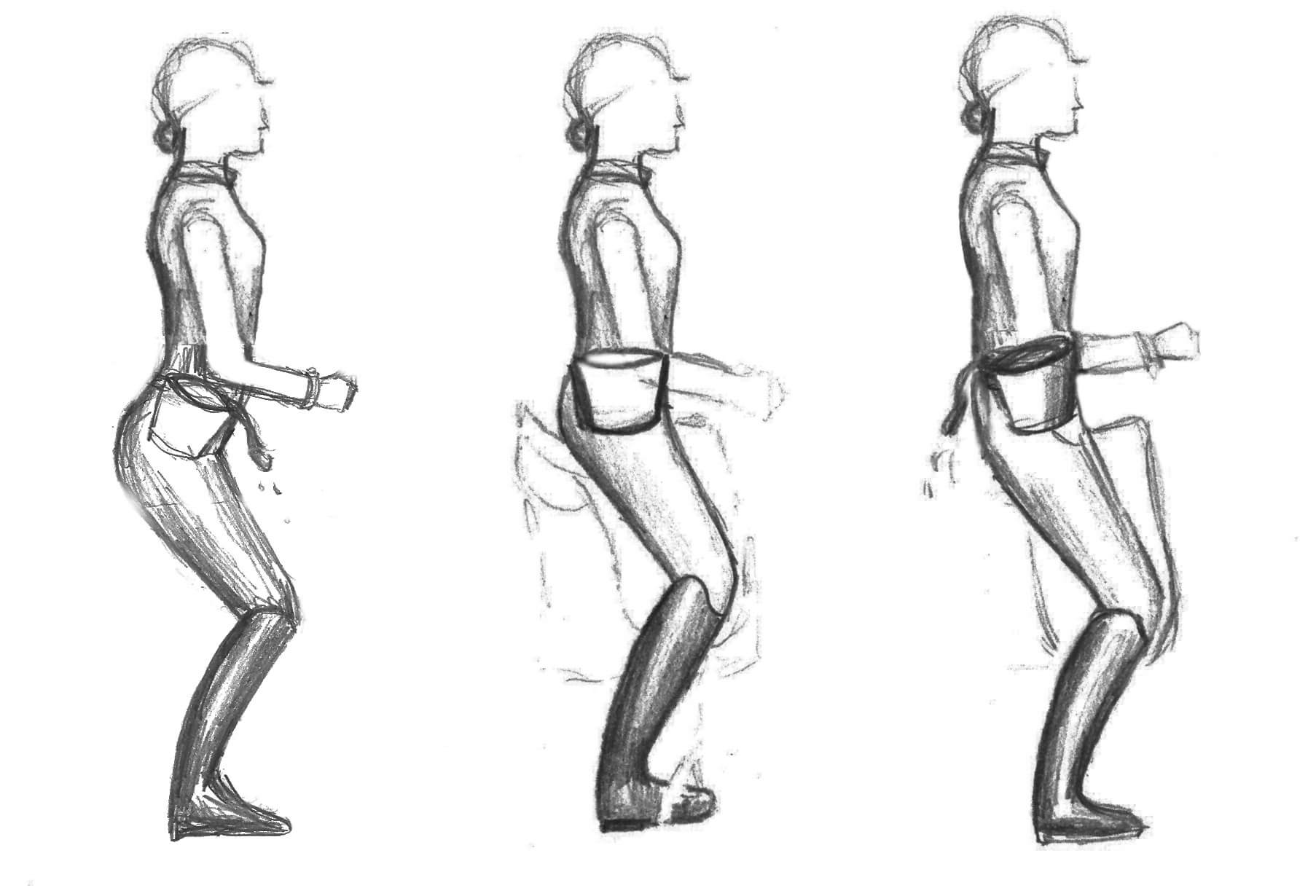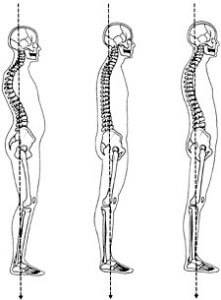The human body is an incredible, mobile work of art. It is capable of almost ridiculous amounts of movement patterns, at a variety of intensities. We can crawl, walk, run, jump, throw, climb and each requires an amazingly sophisticated movement control system. We stand out from all other species in our sophistication of movement. But, and it is a big but, if we don’t use it, we lose it.
The modern sedentary lifestyle most of us have means that we do not move our bodies the way the human body was designed to move, nor with the variety of intensities that it is capable of. However, the reality is we must move more if we wish to maintain pain free healthy movement patterns. Fascial adhesions (the microscopic scarring of elastic connective tissue) are the bodies response to injury and provide stability and restrict movements that are painful. As we recover from injury, return to movement then breaks down these fascial adhesions. The trouble we have today is that we don’t experience enough functional movement (varied array of movement patterns at varying intensities) so our mechanical pump doesn’t get to be used, and we fail to break down these adhesions when we have even the smallest injury.
Our sedentary lifestyles communicate to our bodies that we must still be injured and so we develop thickened stronger fascial adhesions and even less range of pain free movement. We lose ROM (range of movement) turning our heads side to side, and up and down, raising our arms above our heads, in being able to squat down, to eventually not being able to walk, run or jump and throw without pain. Unless we move in a variety of patterns, with a variety of intensities we do not utilise our postural stabilisation adequately. We need to flex, extend, pull, push, rotate, change direction, run, jump, climb, all at varied intensities, as we are designed to, if we want to move around this world pain free.
Now most of us can find recreational activities that give us the opportunity to experience a variety of movement patterns at a variety of intensities, usually some form of sport or team game that goes some way to improving how much we move around. If your choice of recreational sport is to ride then you are classed as a “seated athlete” and that brings with it some complications when it comes to maintaining pain free healthy movement. Clearly your array of movement patterns required is reduced as are the variety of intensity of movements. If you ride on the flat then you have even less variety of movement and intensity! Add to that the mucking out you have to do, the leading in and out of horses, the falls (often onto hips and/or shoulders) and you can see you have many situations and opportunities to create injuries and the resulting fascial adhesions.
In my experience as a Sports Therapist working with riders I have come to recognise some common patterns of restriction of movement that cause either pain or asymmetric control and posture, all of which impacts upon the riders relationship with the horse and almost certainly impact upon the horses movement too. It also is likely that the influence is reciprocal, and any imbalances in your horse will have an impact on how you sit.
So what are the common issues I see with riders? You may recognise all, or some, of what is to follow as your own experience as a rider.
Many riders suffer sacroiliac pain, with Dressage riders I see mainly issues around the right SIJ.
Along with that comes the resulting lower back pain, as you try to access the missing hip mobility through the lumbar spine. This then often results in compensation through the thoracic spine and shoulder girdle, and again the majority of riders I see have shoulder height discrepancy and shortness laterally down one side, hips to shoulder, some with a further compensation of thoracic rotation. As your vestibular system constantly looks for equilibrium you may then also tilt and/or turn your head to keep your eyes level with the horizon. This then creates asymmetrical tension in the neck and so neck pain.
So why do you get SIJ pain? The answer lies in understanding its structure and function. This joint will transmit the load from your lower limbs to the lower back through the bony pelvis where most of the force is absorbed. It is a fairly rigid joint, with some movement – mainly through torsion (rocking the pelvis back and forth). Riding causes sustained torsional forces through the SIJ. Add in that the feet are not in contact with a stable surface but rather an unstable surface (stirrups) and it is easy to see how the load needs to be carried equally through both sides of the SIJ (I.e. You need to be symmetrical through you “seat”). Asymmetry in your alignment will mean that it will be impossible to transit those forces evenly and results in loading one SIJ more than the other with the resulting potential for injury, fascial adhesions and pain. Unfortunately, by the time you are experiencing pain you will almost certainly have put in place lots of compensatory strategies – shortening in one side of the thorax to compensate for the loss of ROM in the hip, shift in shoulder height, repositioning of the head etc. Your “mind map” will now be reset to accept this new alignment as normal, you will now have mobilising muscles stabilising and stabilising muscles mobilising, you may even now have some neuromuscular amnesia – you will simply no longer be able to “switch on” the right muscles when you need then, but will rather “switch on” the muscles to maintain your compensatory pattern instead.
If as a rider you have these sorts of issues the good news is that for the majority of you they can be alleviated or eradicated relatively easily and quickly. Most of the riders I see have restored hip mobility within two or three sessions, and much-improved alignment and function within four or five sessions. This is achieved through a combination of sacral mobilisation techniques, deep tissue work, myofascial release, cross fibre friction, and a series of movement exercise to re-establish correct neuromotor control of the hip complex, core, and shoulder girdle. Maintaining that then depends on the diligence you have with the maintenance programme of exercises you will have learnt in those four or five sessions.
Search
Recent Articles
- The Good, The Bad and The Ugly of Coaching
- Does your horse need more energy, especially when competing?
- Grade 1 International Para Dressage Rider Di Green- Why Lexi Needed a Year Off
- Louise Blanch – Driving Towards New Horizons with the Continued Support of the Para Equestrian Foundation.
- Kissing Spine – Prevention or Cure?
Categories
- Advice Hub
- Athlete
- Carriage Driving
- Dentistry
- Dressage
- Endurance
- Eventing
- Farrier
- Featured
- Featured Horse Ads
- Featured Posts
- Horse Racing
- Horse's Mouth
- Horseball
- Hunting
- Le Trec
- Leisure Riders
- Mounted Games
- Nutrition
- Polo
- Polocrosse
- Reining
- Rescue & Rehabilitation
- Show Jumping
- Showing
- Tack Room
- Team Chasing
- The Pony Club
- Therapy
- Training
- Vaulting
- Veterinary







